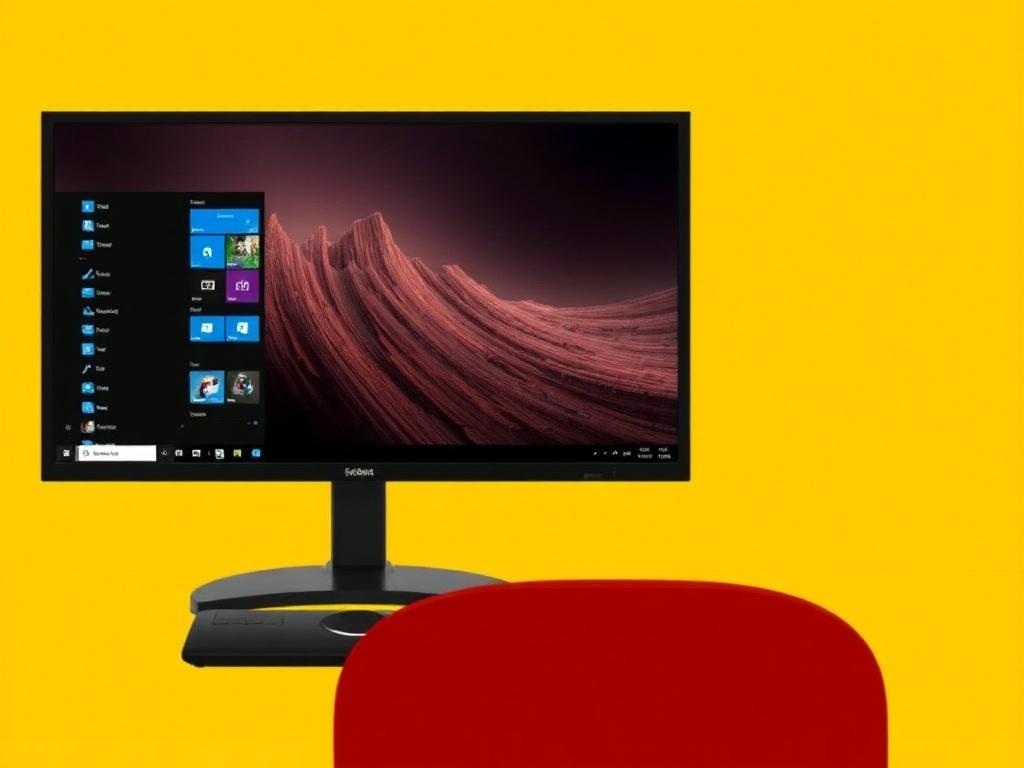How to Optimize Windows 10 for Gaming: Boost FPS and Performance
If you own a gaming PC running Windows 10, there’s a good chance that your system isn’t fully optimized for the best gaming experience. Many users overlook the built-in settings that can significantly improve gaming performance, reduce input lag, and enhance FPS. This guide covers simple, quick, and safe optimizations to help you get the most out of your system without the need for any additional downloads.
1. Create a System Restore Point
Before making any changes, it’s a good idea to create a system restore point. This way, if anything goes wrong, you can easily revert back to the previous state. To do this:
- Right-click on the Start menu and select System Restore.
- Click on Create a restore point.
- In the System Properties window, click on Create.
- Name the restore point (e.g., “Windows 10 Optimization”) and click Create.
This step ensures that you can undo any changes if needed.
2. Disable High Precision Event Timer
Some systems experience lower FPS due to the High Precision Event Timer. To disable it:
- Right-click the Start menu and select Device Manager.
- Expand the System Devices section.
- Locate and right-click High Precision Event Timer, then click Disable.
If you notice a drop in performance after disabling it, you can always re-enable it.
3. Clear Temporary Files
Temporary files can accumulate and take up valuable storage space, slowing down your system. Here’s how to clear them:
- Press
Windows + Rto open the Run box. - Type
tempand press Enter. Select all files (Ctrl + A) and delete them. - Repeat the process with
%temp%andprefetch.
After deleting these files, your system should be free from unnecessary temporary data that may be slowing things down.
4. Adjust Power Settings
To ensure your system is running at its highest performance:
- Open Power & Sleep settings and click on Additional power settings.
- Create a custom power plan by selecting High Performance or Balanced if power usage is a concern.
- Under Change plan settings, click on Change advanced power settings.
- Set the PCI Express setting to Off and the Processor power management settings to 100% for both minimum and maximum processor state.
Disabling fast startup is also important for a fully functional shutdown. Uncheck Turn on fast startup to ensure a complete shutdown.
5. Enable Storage Sense
Storage Sense automatically cleans up unnecessary files from your system, freeing up space and improving performance. To enable it:
- Go to Settings > System > Storage.
- Toggle Storage Sense to On and configure it to run weekly for automatic cleanups.
This will help your system run smoothly by maintaining a clean storage environment.
6. Disable Remote Desktop
If you don’t use remote desktop features, it’s a good idea to disable them to save system resources:
- Go to Settings > System > Remote Desktop.
- Toggle off Enable Remote Desktop.
This will ensure that your system is not using unnecessary resources for features you may not need.

7. Adjust Visual Effects
Windows 10 comes with many visual effects that can impact performance. To adjust them:
- Right-click This PC and select Properties.
- Click Advanced system settings on the left, then select the Settings button under the Performance section.
- Choose Adjust for best performance and enable only the essential effects, such as Smooth edges of screen fonts and Show thumbnails instead of icons.
These settings will improve system responsiveness by reducing resource consumption.
8. Optimize Mouse Settings
For precise control during gaming, it’s important to adjust your mouse settings:
- Open Control Panel > Mouse.
- Under the Pointer Options tab, set the pointer speed to 6/11 and uncheck Enhance pointer precision to disable mouse acceleration.
This tweak can make a significant difference in gaming performance and precision.
9. Disable Transparency Effects
Transparency effects can take up valuable system resources. To disable them:
- Go to Settings > Personalization > Colors.
- Scroll down and toggle off Transparency effects.
By disabling these effects, you free up resources that can be used to improve your gaming performance.
10. Manage Startup Apps
Unnecessary apps that launch on startup can slow down your system. To disable them:
- Go to Settings > Apps > Startup.
- Turn off non-essential startup apps (e.g., Spotify, Discord) that are not required immediately after booting.
This will help your PC start faster and allocate resources more efficiently during gaming.
11. Disable Xbox Game Bar and Enable Game Mode
The Xbox Game Bar can interfere with gaming performance by consuming unnecessary system resources. To disable it:
- Go to Settings > Gaming.
- Toggle off Xbox Game Bar.
Additionally, ensure that Game Mode is enabled to optimize resources specifically for gaming.
12. Enable Hardware Accelerated GPU Scheduling
To reduce latency and improve performance:
- Go to Settings > Gaming > Graphics Settings.
- Toggle on Hardware Accelerated GPU Scheduling.
This setting improves the efficiency of your GPU, reducing input lag and boosting FPS in supported games.
13. Adjust Privacy Settings and Disable Background Apps
Certain privacy settings and background apps can consume resources. To disable them:
- Go to Settings > Privacy.
- Turn off unnecessary privacy settings and disable non-essential background apps under Background apps.
This will prevent apps from running in the background and affecting gaming performance.
14. Check for Windows Updates
Keeping your system updated is essential for optimal performance:
- Go to Settings > Update & Security > Windows Update.
- Check for any pending updates and install them.
New updates often contain bug fixes, security patches, and performance improvements.
Conclusion
By following these simple steps, you can significantly improve your Windows 10 gaming performance. These optimizations will help reduce input lag, increase FPS, and provide a smoother gaming experience overall. Remember to leave any additional tips in the comments to help others, and visit TheGameRoof for more guides. Enjoy your optimized Windows 10 gaming setup!

